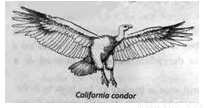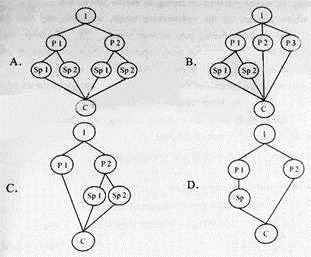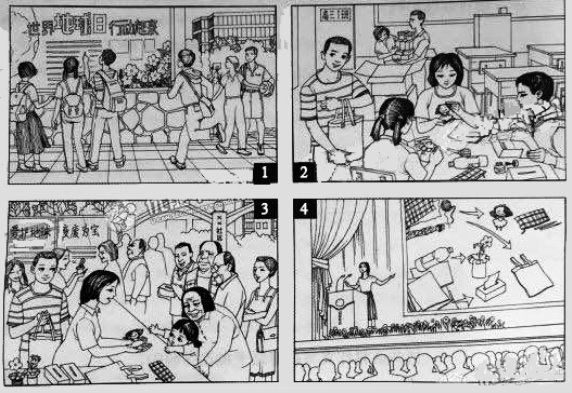0 133699 133707 133713 133717 133723 133725 133729 133735 133737 133743 133749 133753 133755 133759 133765 133767 133773 133777 133779 133783 133785 133789 133791 133793 133794 133795 133797 133798 133799 133801 133803 133807 133809 133813 133815 133819 133825 133827 133833 133837 133839 133843 133849 133855 133857 133863 133867 133869 133875 133879 133885 133893 151629


